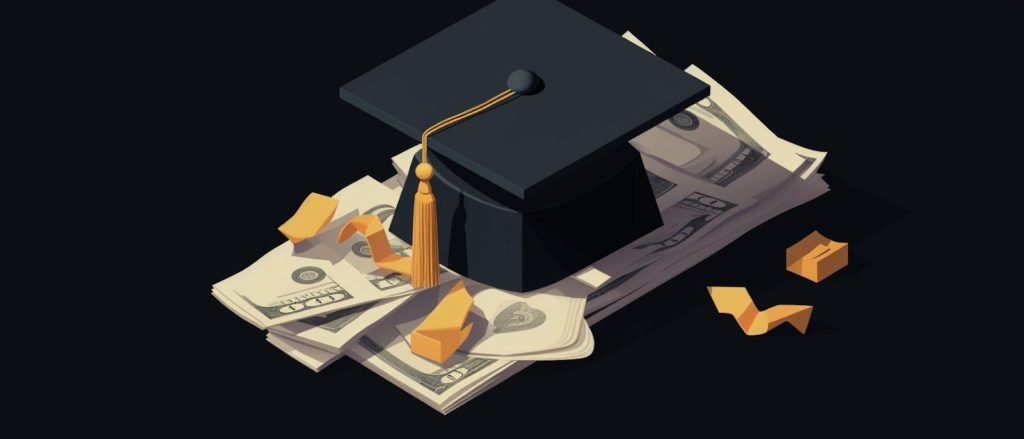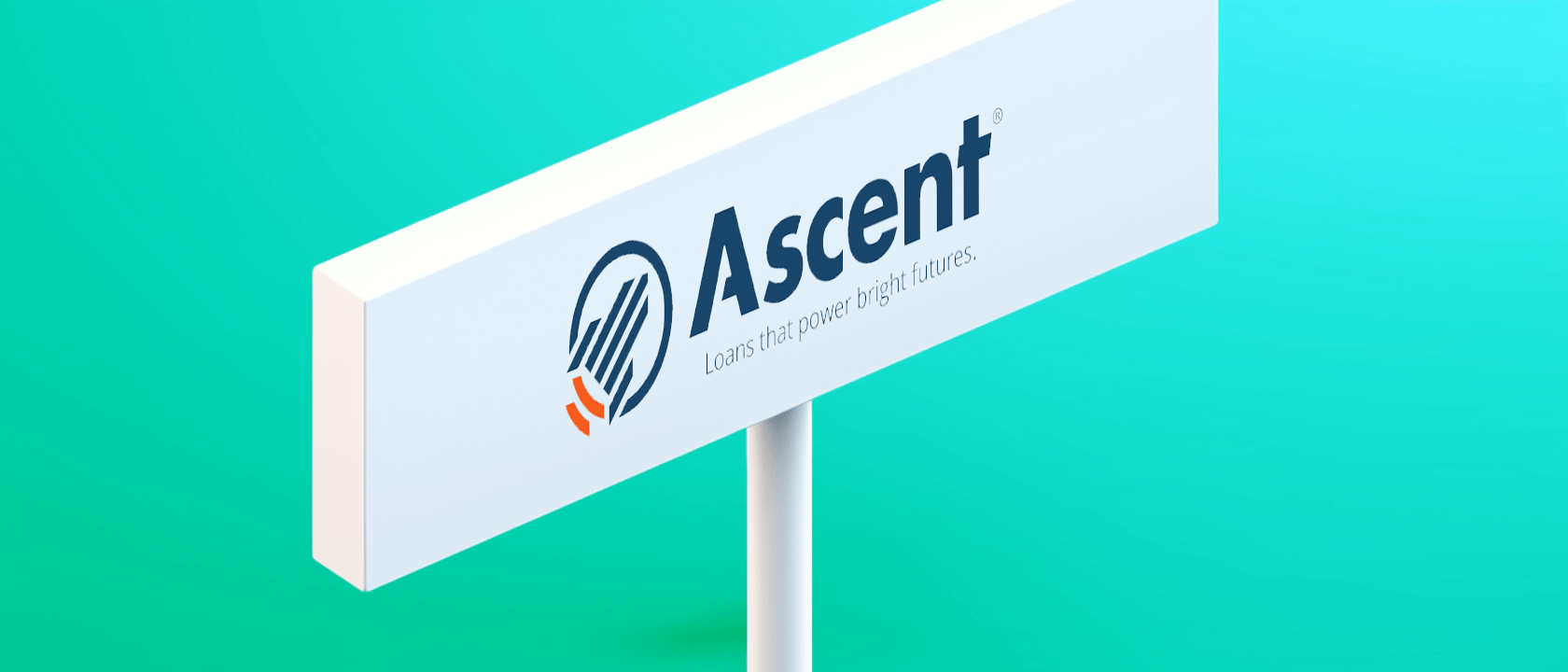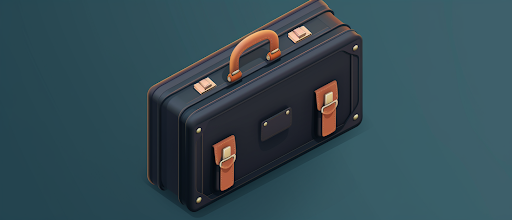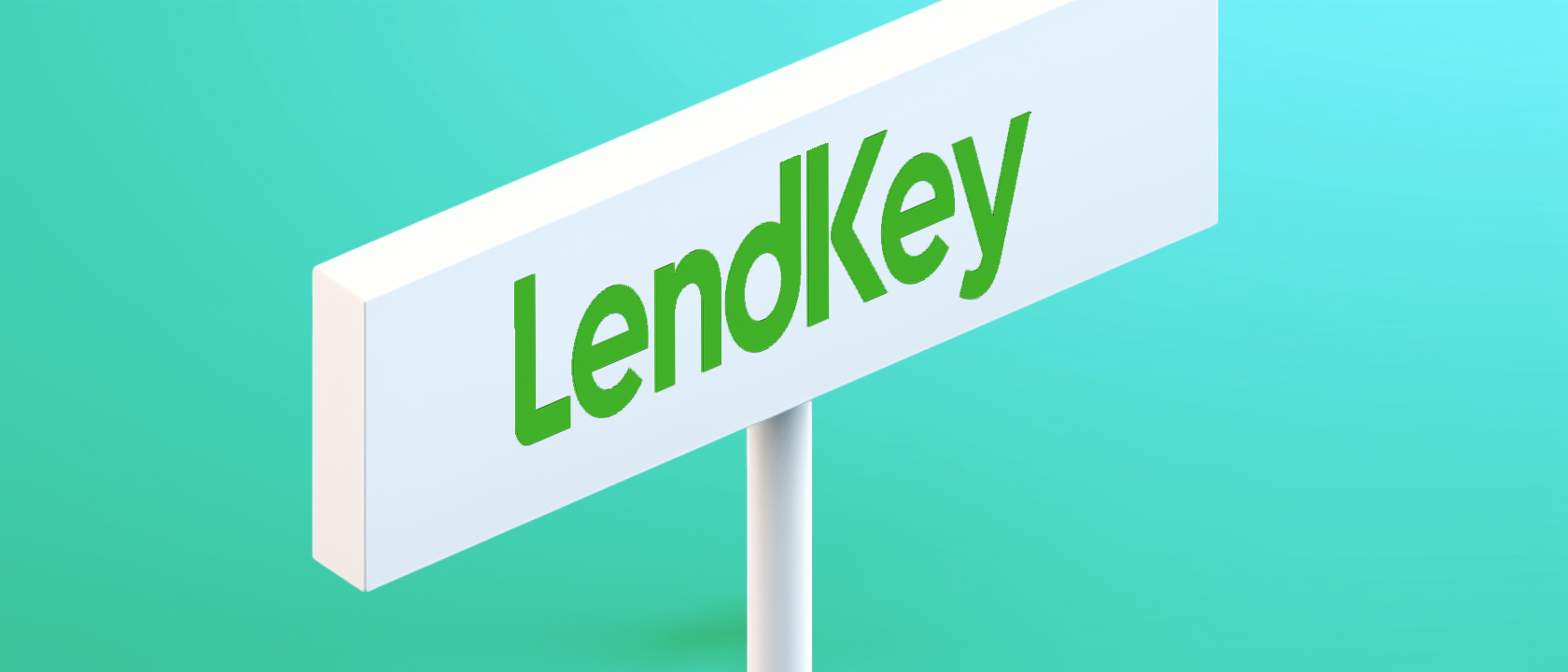
Check out how enrolling in the Pay As You Earn (PAYE) can lower your student payments. Use DollarGeek’s Pay As You Earn (PAYE) Calculator to see how PAYE may be able to lower your monthly payments as well as result in forgiveness of your student loans.
Under this federal program, PAYE limits your monthly student loans to 10% of your discretionary income. After 20 years of repayment (240 total payments), borrowers are eligible to have their remaining student loan balance forgiven on qualifying loans. Remember that the whatever amount you are forgiven after 20 years will be taxed.
Pay As You Earn (PAYE)
Paying a high student loan payment every month can drain your bank account, but by switching to the Pay As You Earn (PAYE) plan offered by the federal government, you could have the ability to free up some cash.
PAYE is an income-driven repayment plan offered by the U.S. Department of Education. The purpose of PAYE is to help student loan borrowers that can’t afford their monthly student loan payments. As anything else, this program has eligibility requirements, but it’s worth a look.
Check out DollarGeek’s PAYE guide below and see if you can start saving on your student loans.
What Is PAYE?
Created as part of the Income-Driven Repayment (IDR) options, the Pay As You Earn (PAYE) program was first announced in 2011 and is gaining popularity among federal student-loan borrowers. Whether you have a little or a lot of student loan debt, you’ll want to take full advantage of this program.
The best part of this plan is that it matches your payment to your earnings, with payments capped at 10 percent of your discretionary income. That means your payments are less when you enter the workforce and first start paying, and will gradually increase as your ability to pay grows with your income.
Who Is Eligible For PAYE?
Enrollment in IDR plans has skyrocketed in recent years, with as many as 25 percent of all federal borrowers now using income-driven repayment plans. If you have high student-loan debt, you have the most to gain, though even if your loan isn’t substantial, you can still benefit.
With strict eligibility qualifications, here’s what you need to know to see if you qualify.
- Your payment under PAYE must be less than the amount you’d make on the 10-year Standard Repayment Plan
- You must have borrowed for the first time after October 1, 2007
- You received a Direct Loan disbursement on or after October 1, 2011
The first step to determining if you’re eligible for refinancing under PAYE is to know what kind of loan you have. Since private loans don’t qualify for any of the four IDR plans offered under the federal program, you must have a federal student loan to qualify.
You also need to have borrowed your first federal student loan after October 1, 2017. For that reason, most people who are eligible for PAYE will have borrowed for the first time during the 2008-09 academic year. But if you took out a Direct or Direct Consolidation loan on or after October 1, 2011, you could qualify, too.
How Does PAYE Calculate Your Monthly Student Loan Payment?
The monthly repayment under the PAYE program is determined by how much you make and not how much you owe. Like all options under the IDR plans, you must show at least a partial financial hardship. If you qualify, your monthly payment is based on where you fall on the Federal Poverty Guideline scale according to family size, state of residence and income.
Here’s what goes into calculating your monthly student loan payment with the PAYE program:
- Your income and family size (larger families mean smaller monthly payments)
- Scheduled according to a 20-year repayment term
- Adjustments made each year to consider changes in income and family size
To get a better idea of what your monthly payments will be, use DollarGeek’s Pay As You Earn Student Loan Calculator.
Keep in mind that since your income is the basis of how your payment is calculated, your payment will increase if your income goes up. You’re required to provide proof of income to recertify each year and determine if changes are needed, but you’ll never pay more than what you would have on the standard plan.
Pros Of PAYE
With significant benefits for borrowers who qualify, PAYE is worth the hassle that comes with applying and recertifying each year. The most immediate benefit is the chance to pay less on your monthly student loan payment. But perhaps the most significant advantage is the possibility of having a huge amount of debt forgiven after paying for 20 years.
You might not have to pay accumulated interest if you have a subsidized loan, either. This means that, if your payment is so small it doesn’t cover the monthly accrual of interest, the government will have to pay your unpaid interest on certain loans for up to three consecutive years. It may not seem like much but not having the unpaid interested added to the principal of the loan will make it less expensive over time.
Cons Of PAYE
With all the good points of PAYE, there are some disadvantages to consider. Since you’re paying less each month for a longer period, you’ll probably end up paying more to pay off your loan in the long-run. And there’s that pesky recertification process each year where you have to submit paperwork to prove what your annual income was.
The main problem with PAYE is that you have to count whatever amount was forgiven as taxable income and pay the IRS accordingly. While you have to pay for 20 years to qualify for student loan forgiveness and you might not have much of a balance left, it has the potential to turn into a substantial financial burden.
DollarGeek’s Final Thoughts
You’ll get the biggest benefit through an income-driven repayment plan like PAYE, but know that going through the process to make sure you’re eligible is highly borrower-specific. To see if this plan makes sense, plug in some information into our PAYE calculator and see if the PAYE income-driven repayment plan makes sense for you.
FAQs
What is the Pay As You Earn (PAYE) Calculator?
Our Pay As You Earn (PAYE) student loan calculator will show you how much you’ll pay each month for your student loans under the federal PAYE repayment program. Our PAYE calculator will also show you how much student loan forgiveness you can receive after 20 years of payments under the plan. Pay As You Earn (PAYE) is one of four options available under the IDR program.
How Much Can I Expect To Pay A Month With Pay As You Earn (PAYE)?
Under the Pay As You Earn (PAYE) program, your student loan payment is limited to 10% of your discretionary income. After you make 20 years of qualifying payments, you are eligible for the remaining balance to be forgiven. Don’t forget that the amount you are forgiven will still be taxed. Use our Pay As You Earn calculator and see what kind of savings you can expect on your student loans.
When Can I Expect Student Loan Forgiveness With Pay As You Earn (PAYE)?
You will be eligible for forgiveness after you make 20 years of eligible payments (240 monthly payments).
According to the IRS, the balance that you have forgiven under PAYE will be considered taxable income, so make sure to plan ahead
Who Is Eligible For Pay As You Earn (PAYE)?
These plans can be a little complicated, so make sure to understand the requirements. Also, keep in mind that DollarGeek’s PAYE student loan calculator doesn’t guarantee that you automatically qualify for the PAYE program.
To be eligible for PAYE, you want to make sure:
1. You are a new student loan borrower as of October 1, 2007 or after.
2. You must have received a disbursement of a Direct Loan on or after October 1, 2011.
3. Your payment under the PAYE program will be less than your payment would be under the 10-year Standard Repayment Plan.
Is Student Loan Forgiveness Under Pay As You Earn (PAYE) Taxable?
Yep. Since PAYE is a federal student loan repayment plan, any forgiveness you receive will be considered taxable.
What Type Of Student Loans Qualify For Pay As You Earn (PAYE)?
There are a lot of student loans that qualify for PAYE. It’s important to remember that only federal student loans are eligible. So, if you have private student loans, you’ll be out of luck. Check out the loans that qualify for PAYE below:
– Unsubsidized Direct Loans
– Subsidized Direct Loans
– Direct PLUS Loans (only for graduate or professional students)
– Direct Consolidation Loans
– Federal Stafford Loans
– FFEL PLUS Loans (only for graduate or professional students)
– FFEL Direct Consolidation Loans
– Federal Perkins Loans (if consolidated)
What Type Of Student Loans DO NOT Qualify For Pay As You Earn (PAYE)?
– Parent PLUS Loans
– Private student loans
– FFEL PLUS Loans borrowed by parents
– Direct Consolidation Loans used to repay a Parent PLUS Loan











